
© Railway Wonders of the World 2012-


The Great Central Railway
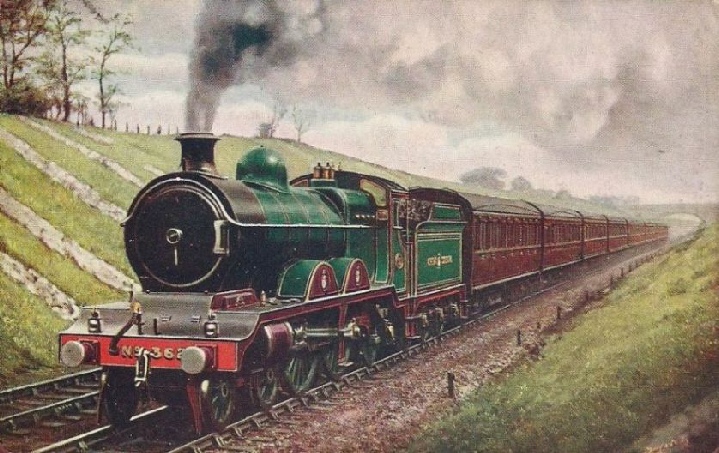
AN EXPRESS TRAIN ON THE GREAT CENTRAL RAILWAY
THE Great Central, formerly the Manchester, Sheffield, & Lincolnshire, originated with the Sheffield, Ashton-
The Sheffield line, as it was called for brevity, which enters Yorkshire through the Woodhead tunnel, proved a severe trial in many ways, financial and otherwise, to Joseph Locke, the engineer, his most troublesome endeavour being the piercing of the Pennine range. In doing this two tunnels side by side, a few yards over three miles long, had to be driven through the tough millstone grit. The first, begun in October 1838, was not finished until December 1845; five years were spent in making the second, which was begun in 1847; and much relieved were the proprietors, and their creditors, when the seemingly impossible was accomplished.
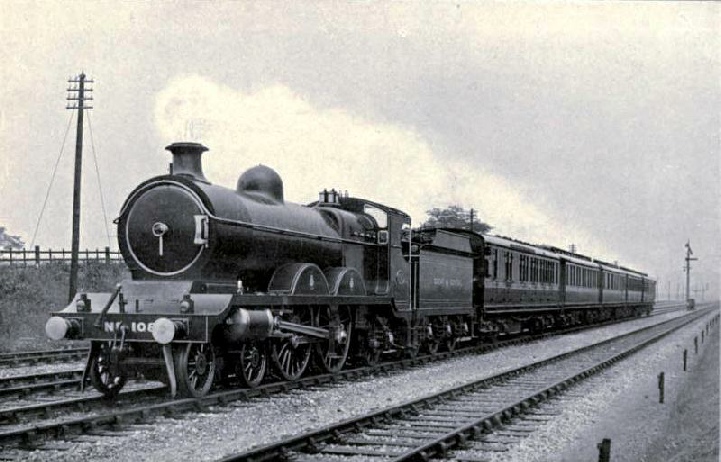
THE MANCHESTER EXPRESS, NEAR WEMBLEY
In 1846, the great amalgamating year, the Sheffield followed the fashion during the railway fever, and acquiring the Great Grimsby & Sheffield Junction, the Sheffield & Lincolnshire, and the Grimsby Haven Company, became the Manchester, Sheffield, & Lincolnshire. And it went on acquiring local line after local line until it became a system of some extent doing very good work, its particular business being the collection of traffic for the greater companies to run to London and elsewhere, favouring first one and then the other according to the terms obtainable. The policy was persisted in for years, until, being barely profitable, owing to the heavy load of the capital account, the company tired of it and resolved to come to London as the Midland had done.
The extension was all the more attractive to the shareholders as forming part of a great scheme for linking up the line with the Metropolitan, the Chatham & Dover, and the Channel Tunnel, Sir Edward Watkin being interested in the four companies; but that ambitious project had to be laid aside. There was much opposition from the companies with whom the M. S. & L. proposed to compete, but after many rebuffs it managed to get the Act for the southern extension in alliance with the Metropolitan, and promptly changed its familiar name, of which there was nothing to be ashamed, in the hope that its days of struggle were over.
It had lived and grown, but not thriven, on competition amongst others, and now the competition was to be direct and keen. As, however, the manager naively remarked, “we have taken every advantage of the experience of other railway companies”, and with a new line, new rolling stock, and the most intelligible of time-
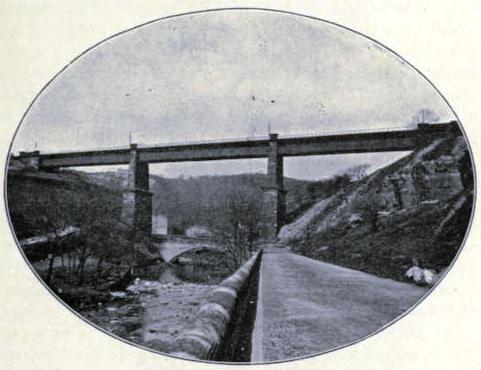
MOTTRAM VIADUCT OVER THE ETHEROW
It has 726 miles of its own. By the terms of the Act its first station out of London has to be west of the River Brent. At Neasden the line forks, one branch going to Harrow, the other to Northolt, the Harrow branch being continued over the joint Great Central and Metropolitan to Quainton Road, where the joint ownership ends, the south branch continuing over the joint Great Central and Great Western through High Wycombe, and at Ashendon -
At Godley it enters on the Cheshire Lines (a partnership of the Great Central, Midland, and Great Northern), which take it to Southport, Liverpool, and Chester. At Glazebrook it enters on a line of its own to Wigan and St. Helen’s, and through Chester it obtains admittance to the lines it bought in the Wirral peninsula. From Chesterfield a loop goes off to the east, taking it through Lincoln and Market Rasen to Barnetby and back by Frodingham and Doncaster to Mexborough; whence by short lines, and the Great Central and Great Northern Joint, it obtains access to Wakefield and Leeds. Within the loop are a few connecting lines. From Frodingham it reaches Barton-
Grimsby, recognisable from afar by its water-
There have been fishermen at Grimsby ever since Havelok the Dane was a baby, for it was a Grimsby fisherman who found him adrift in a boat in the Humber, “ purposely exposed as it should seeme to the pittylesse of the wilde and wide ocean”, as Gervase Holies puts it; and at the Norman Conquest it was a borough of the Crown. It managed to exist for centuries in a very quiet way, and then, between 1796 and 1800, its first docks were built at a cost of £70,000, but the rate of progress proved disappointing until the present system of docks was begun by the M. S. & L. in 1852. Attracted by easy terms and efficient management, representatives of the fishing trade at other ports transferred their headquarters to so advantageous a position, and from the small beginning of 453 tons in 1854 Grimsby has become the largest fishing port in the world, its last year’s business amounting to no less than 173,735 tons.
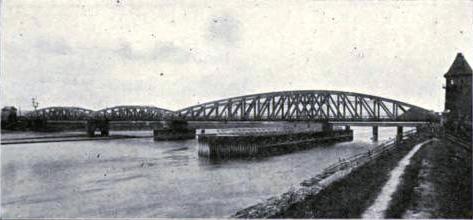
HAWARDEN SWING BRIDGE OVER THE DEE
It is more than a mere fishing port, for coal exports and timber imports also keep it busy, and the general shipping business is large. In and out with quick despatch is what a transhipment trade requires, and for that style of thing there could be no better training than the fish business as dealt with on the Grimsby pontoon.
This pontoon is the quay by the side of the Fish Docks, really a long, covered platform with the fishing craft on one side of it and the railway lines on the other. The boats come in during the four hours the tide serves, and are placed bow on to the quay, close up, with barely a foot between them. No matter what time they may arrive, there they wait side by side, with their bows in a line -
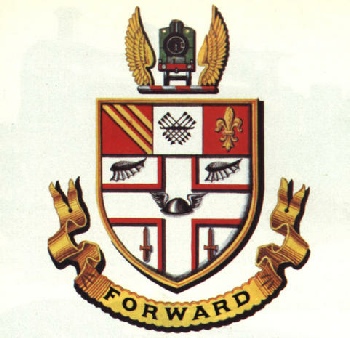 Such a quantity of fish as the writer saw laid out when he visited Grimsby he had never seen before. Cod and halibut, skate and turbot arranged in rank and file so that every fish could be seen and quantities easily counted, and haddocks and smaller things coming ashore by the basketful to be piled up in the boxes the fishmongers receive with about half as much in them.
Such a quantity of fish as the writer saw laid out when he visited Grimsby he had never seen before. Cod and halibut, skate and turbot arranged in rank and file so that every fish could be seen and quantities easily counted, and haddocks and smaller things coming ashore by the basketful to be piled up in the boxes the fishmongers receive with about half as much in them.
At eight o’clock all was clean and orderly. Then the bell rang and the salesmen took up their positions among the fish to sell those caught by the line by English auction, and those caught by the trawl by Dutch auction in which the auctioneer drops the prices, the lot going to the first of the crowd who speaks. Porters placed their feet between the lots to mark them off, and round them and the salesmen crowds quickly gathered.
Ring, ring went one bell; clang, clang went another. There were crowds all along the line. Louder and louder grew the uproar until it became tumultuous, and the busier the scene the dirtier it got. All the time the fish were coming ashore over the bows, quivering, gasping, writhing in barrels and baskets; and as they came out some of the ice came with them, to be gathered in nets and washed in the dock and taken in again; and other ice went in, crushed ice by the sackful and big blocks that went sliding across the pontoon from the carts on the land side, for the boats go out laden with ice and return laden with fish.
By noon the selling was over, and the pontoon gradually took on the appearance of an ordinary bank at a goods station, with packages of all sorts and sizes dumped around pillars with the names above of railway centres and railway routes. From the heaps the railway vans were loaded, and at 4.40 p.m. the first train left, to be followed by eight more, the last going out at a quarter to nine. As Billingsgate opens at five and Grimsby at eight, anything short in London can be ordered by wire to Grimsby, which can deliver to customers direct during the day if necessary. It is not, however, to London that Grimsby fish mainly goes, but to the Midlands and the North and West, even to Holland and Germany; and the fish comes from as far as the Faeroes and Iceland and the White Sea, some of the steamers going a thousand miles from home in its search.
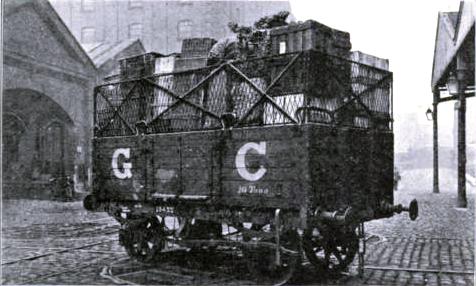
WIRE EXTENSIONS TO GOODS TRUCKS FOR BULKY LOADS
The Great Central handles its other imports as smartly as it does the fish, and, in the Royal Dock and the Alexandra Dock, there is always plenty to do, for, as a nucleus of the shipping trade, it has a fleet of its own plying to the Continent. These and the Wilson boats and others bring in quantities of timber, barley for brewing, butter and eggs, cheese and margarine, onions and fruit and game (white Russian hares and Norwegian ptarmigan), and other miscellaneous things that are kept on the premises as short a time as possible. In the old days most of this got on to the Great Northern in the course of distribution, and it was in connection with that company that the M. S. & L. did its best work.
The Great Central joins the Great Northern at Retford, but the Manchester trains to King’s Cross were brought on by it to Grantham, farther south; and on this division of the journey the 561 miles are fairly easy. It was on this London to Manchester route that the two companies ran what was at the time the fastest train in England, as already noticed; a really good piece of work considering the gradients and impediments of the Sheffield to Manchester section. From Manchester to the eastern end of the Woodhead tunnel, which is about 1000 ft above sea-
Starting from Annesley, the new line, which was opened for passenger traffic in March 1899, runs mostly at 1 in 176, cross-
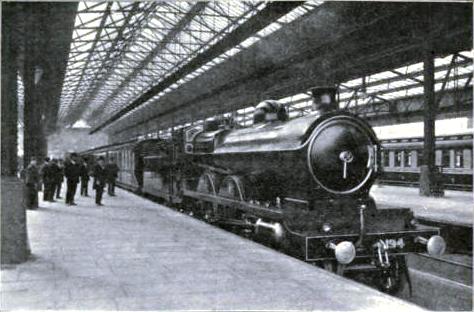
MARYLEBONE STATION
Just before reaching West Hampstead there is a gradient of 1 in 97 -
The colours of the M. S. & L. engines were green with black bands and white lining, the passenger engines of the Great Central are green with brown frames and splashers, the goods engines being black with red lines. As a whole, they are a powerful, good-
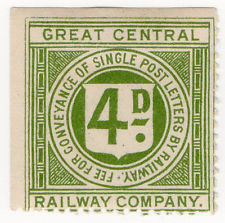 One of the most noteworthy of the newer engines is the 3-
One of the most noteworthy of the newer engines is the 3-
Amongst the other tank engines mention should be made of No. 1120 and her sisters. These are 4-
Of tender engines there is the 8E class of 3-
4-
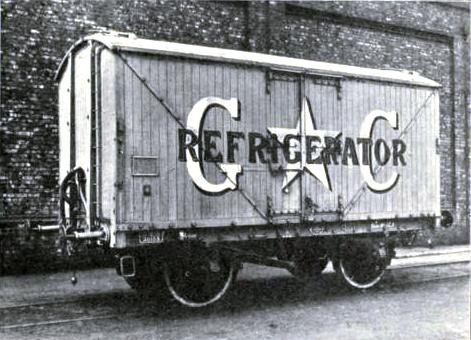
VAN FOR THE CARRIAGE OF COLD STORAGE GOODS
The largest stations are at Manchester, Sheffield, Nottingham, and Leicester; these, like the Cheshire Lines terminus at Liverpool, being really central, and from the central positions of its stations the line is said to have taken its title. When it changed its name it changed its colours, the new, roomy, comfortable coaches having their upper panels painted light grey and their lower panels chocolate picked out with gold lines. Smart they looked, but perhaps too smart to be recognised, for the grey and brown have gone and the coaches are now back again in the plain varnished teak of the M. S. & L.
T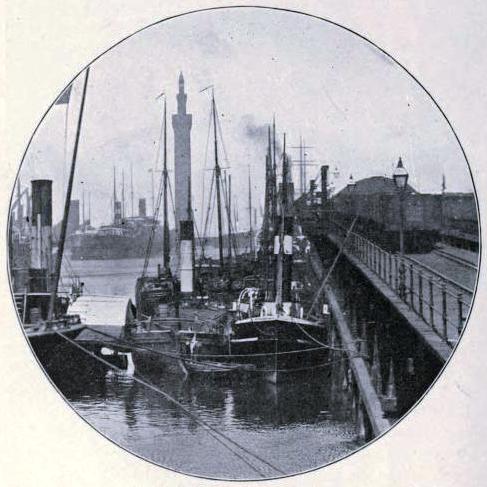 hey are seen in many places, for the line’s cross-
hey are seen in many places, for the line’s cross-
THE COAL DROPS -
You can read more on the “3.20 Down Manchester”, “The North Country Continental” and “The Romance of the LNER” on this website.